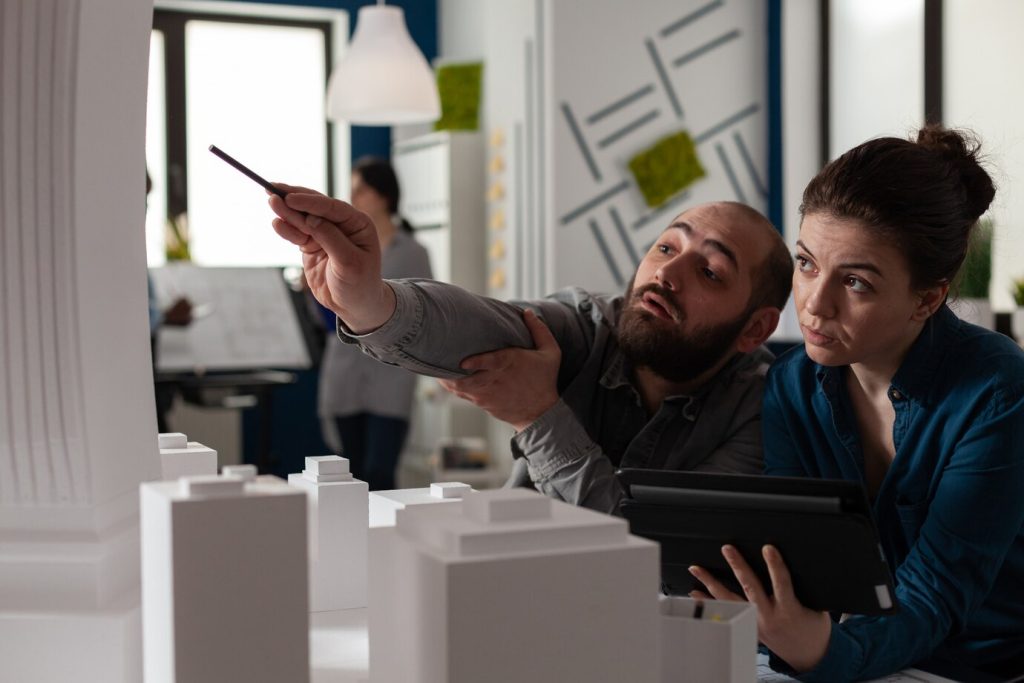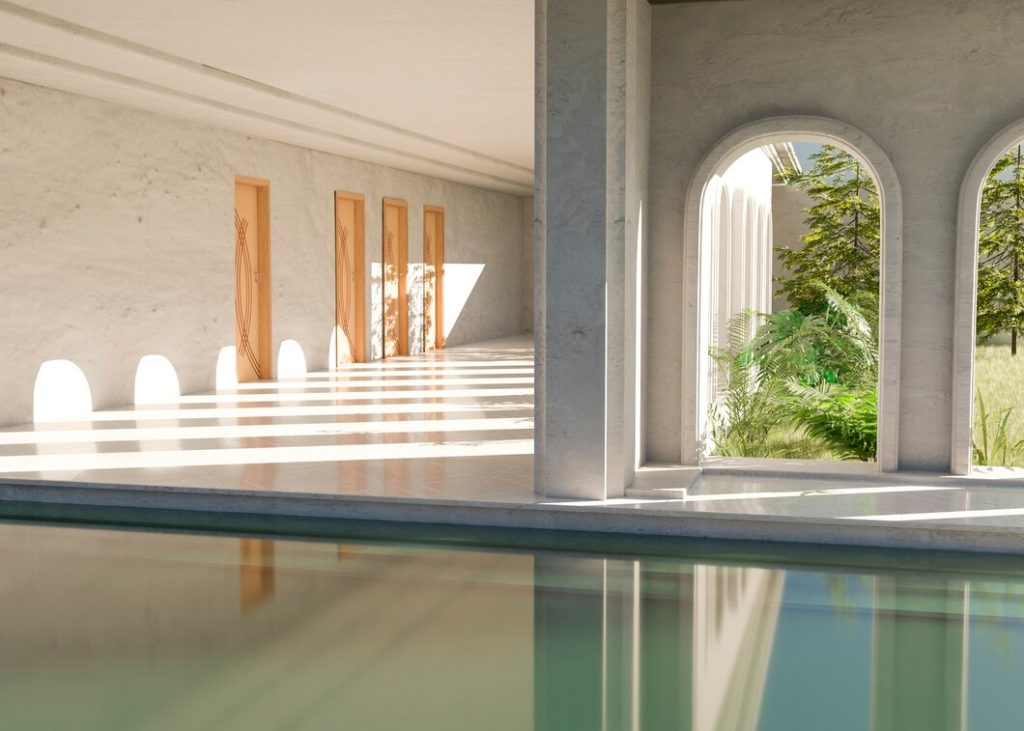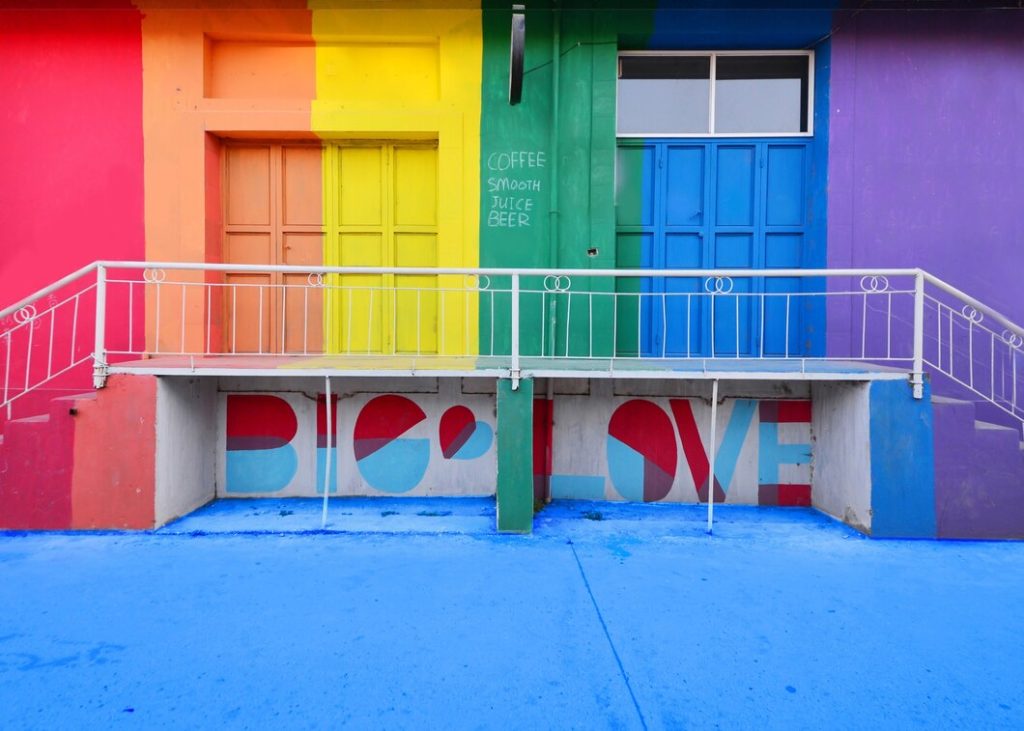
Understanding the intangible link between architectural design and emotions can make all the difference when creating spaces that enrich human experiences. This piece explores the innovative ways designers can tap into the psychological impact of space to produce transformative design outcomes.
Discovering Emotional Architecture
Emotional architecture, a term that marries psychology and spatial design, has been gaining traction. It provides unique perspectives, such as how ‘Aesthetic Stimuli Impact Mood’ and the relationship between ‘Personal Space and Emotional Well-being’.

Influencing Mood Through Color
Color is a powerful tool in architecture’s emotional arsenal. Various studies have shown that cooler tones foster a calming environment, while bright colors spark energy and creativity. For example, the ‘Psychology of Color in Workspace Design’ illustrates how choosing the right color palette can boost productivity and reduce stress in office environments.
Taking Shape: The Geometry of Emotion
There’s more to consider than color — ‘Shapes and Symmetry in Architecture’ also profoundly influence emotional responses. Rounded forms generally provide a feeling of comfort and safety due to their organic nature, while sharp, angular lines offer a modern, austere aesthetic.
Case Study: The Impactful Design of The Guggenheim
The Guggenheim Museum in Bilbao is a fine example of ‘Emotional Architecture at Work’. The building’s titanium curves and innovative form have made it an iconic symbol. Visitors often describe feelings of awe and empowerment, transforming Bilbao into a cultural hotspot.
Optimizing for Emotional Impact
Designing for emotional impact means considering ‘Human-Centered Design Principles’, focusing on natural light, choosing calming materials, and integrating nature, among other factors. Imagine entering a room filled with ambient sunlight (‘The Power of Natural Light in Architecture’) where you’re instantly enveloped in a sense of calmness.
Architecture: A Reflection of Human Emotion
In conclusion, the discourse about the links between ‘Emotion and Spatial Design’ is ongoing and fascinating. When you unpack the layers of how architecture can impact mood and shape experiences, the possibilities for how we design and occupy spaces are endless.
By recognizing and employing these innovative design connections, we can create more than just buildings; we can create emotional landscapes that resonate with the human spirit. As we say in the design world, ‘Welcome to Emotional Architecture!’


